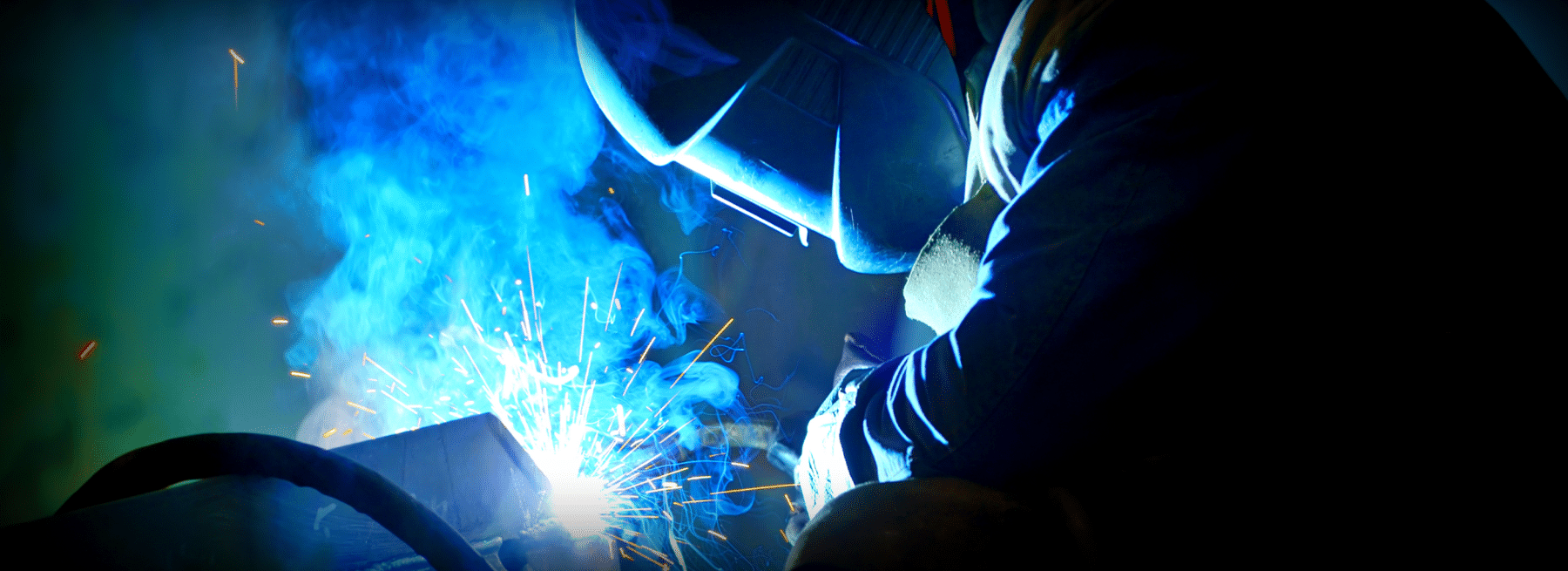The manufacturing industry continues to deal with a severe worker shortage that it has not seen in decades. Add the supply chain woes to the equation and it turns into a very challenging time for your manufacturing facility that also affects the consumers of your products.
The shortage of workers has had a great impact on inventory levels. After your industrial facility churns out its products, there may not be enough distribution trucks to pick up those products. When they sit there waiting to be picked up, it puts them at a greater risk for theft. On top of everything, the industry is dealing with a notable truck driver shortage as The Dallas Morning News reports.
Why Manufacturing Facilities Need the Best Security Systems
While the majority of truck drivers can pull in $16,000 a week, a lot of that money may go into maintenance. That’s because some companies require truck drivers to own their own rigs. A used semi-truck on the low-end costs more than $35,000. Maintenance can potentially eat up 70% of a truck driver’s earnings. Another few hundred dollars a week pays for insurance. Then there’s the price of gas, which has been climbing in recent months.
The American Trucking Associations has issued a news alert indicating the truck driver shortage is the worst ever seen as there is a need for more than 80,000 drivers. Although it’s a lucrative career for drivers without a college degree, they still need to obtain a special license to drive these trucks. Besides, it’s not an easy career as it takes drivers away from home for long periods of time.
Additionally, with the rising costs of materials and goods, thieves are going after trucks and manufacturing facilities. They know they can find buyers who will pay top dollar for high-demand products. This is why industrial facilities have become an attractive target for thieves seeking these expensive assets. Therefore, it’s critical for the manufacturing industry to implement the best security systems.
Here are the eight factors to look for in building the best security system for a manufacturing facility’s physical security. It’s important to implement multiple solutions, not just one. The key is to create layers in your security system. The more layers you have, the harder it will be for trespassers to break in. If they bypass through one layer, you will have other barriers slowing down their efforts. All the layers should cover these factors.
1. Location
The location of your facility and its surroundings will have an impact in determining what kind of security system you need. The first is to identify what kind of space your facility is in. Most manufacturing facilities tend to be in a stand-alone facility with a parking area. What is the crime rate like in the surrounding neighborhood?
You’ll also need to know how many employees work in this location. It’s not just employees who come to the property. You most likely have visitors and vendors like delivery services and truck drop-offs and pickups.
2. Deterrence
The best security systems have the ability to deter crime by preventing people from attempting to commit a crime on your property. Top deterrence tools include motion-sensor lights, fencing around the property, security cameras, and signs indicating the area is under surveillance.
More than 80% of criminals check for visible security like an alarm or video surveillance prior to breaking in according to a study from UNC Charlotte. Therefore, remote video surveillance is one of the most effective crime deterrents that can deliver a fast ROI.
3. Detection
Another vital component is the detection of a problem. How will a company know something is happening if it doesn’t have a way to detect it? Traditional alarm and video surveillance systems have the ability to detect criminal behavior. However, traditional alarm systems are reactive. They don’t recognize a problem until after something causes the alarm to go off.
Remote video surveillance, on the other hand, can see someone approaching the property and initiate action before they reach the building or parking garage.
4. Compliance
The manufacturing industry has regulations that it must follow related to health, safety, environment, and data protection. Access control and remote video surveillance systems can help ensure that workers are complying with regulations.
Occupational Safety and Health Administration shares the top 10 most frequently cited standards. Many of the standards relate to safety. Remote video surveillance can monitor for these safety hazards.
5. Access
An access control system manages who can enter the facility and has access to limited-access areas. You can grant temporary access to visitors and vendors in minutes. An access control system offers a lot of flexibility in managing access control.
6. Adaptability
The best security systems in manufacturing need to be flexible. They can scale up as needed to grow with the business and its changing demands. Workers come and go. An access control system simplifies the process of adding and removing access with a few key presses. Another advantage of the right access control system is that it can be managed from anywhere.
Some facilities have a panel where people enter the code to enter the building. This is a problem especially as it’s not contactless and sometimes people forget the passcode. An access control system helps prevent human errors that come with a control panel. An access control system can also become more powerful when you integrate it with the video surveillance system, which brings up the next factor.
7. Integration
An integrated security system enhances security by adding more layers to security. Integrated systems work together. For instance, it’s possible to combine access control with remote video monitoring to make it easier to match the time stamp from the access control with the video of the person accessing the area.
An access control system that’s not integrated with video surveillance will require people to search hours of video to locate the right footage for the exact time and date someone entered a room. With the two systems working together, it removes the need to spend a lot of time searching for footage.
8. Response
A security system needs to prompt a response to limit the damage. As soon as a traditional alarm system goes off, it alerts the security company. However, the company may not send emergency personnel to the manufacturing facility. The security company most likely will want verification before sending anyone to the facility. Often, they’ll call the contact person. However, that person may not be on-site and cannot confirm whether there’s an emergency or what kind of emergency. Is it a fire? Break-in?
That’s where the remote part of the remote video surveillance comes in and has a greater advantage over other security systems. Video analytics and a trained monitoring operator located away from your facility watch over the property. As soon as something happens, they can act and contact the right person. If they see a crime about to happen, the operator could issue a warning over a speaker system.
At the same time, the operator can call the police who will head to your property. They already have video verification from the monitoring operator, so no precious time is wasted in determining whether something is real or a false alarm. Along with everything else, video surveillance can record everything that happens.
The Best Security Systems for Manufacturing Facilities
With the worker shortage and growing number of crimes comes a demand for the best security system that meets the needs of industrial facilities. A traditional security system won’t be enough. That’s because traditional security systems are reactive and waste minutes in stopping the problem. In some cases, these security systems won’t catch anything. No one knows about the problem until someone arrives on the property and notices something is off.
The best security system for the manufacturing industry is a robust, integrated security system that can help avert theft, increase productivity, and monitor for hazards to help improve safety. One of the best security systems for manufacturing facilities encompasses security cameras with remote monitoring and video analytics as well as an access control system.
Together, these provide a proactive security system because the video analytics and trained operating monitors together put two different sets of eyes across your industrial facility’s property. You get the advantages of technology and humans. The security system can catch potential problems before anything happens and can control who enters the facility.
Where do you start in finding the best security system? You want to ensure your security cameras can catch whatever happens. That means choosing the right technology. Not all systems can track the suspects’ movement, identify license plates or faces, or continue operating even in extreme weather conditions.
Contact security companies with manufacturing experience in video surveillance and access control systems. They can customize a video surveillance system that meets your needs. Ask the security company about these things and how long they retain the recorded footage. Sometimes an incident that happens doesn’t get caught until much later.
Manufacturing facilities are responsible for the safety of workers, vendors, and visitors. The cost of not having the best security system can hurt your bottom-line and business reputation. It helps protect your expensive assets and materials. Best of all, video surveillance often yields a return on your investment within four months.
Stealth can evaluate your property and create a right-sized security solution. In choosing to work with our team, you’ll have access to security professionals who have experience in securing manufacturing facilities. Have questions about security for industrial facilities? Contact us.

